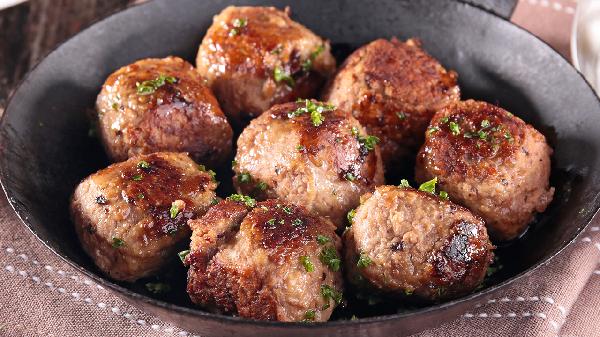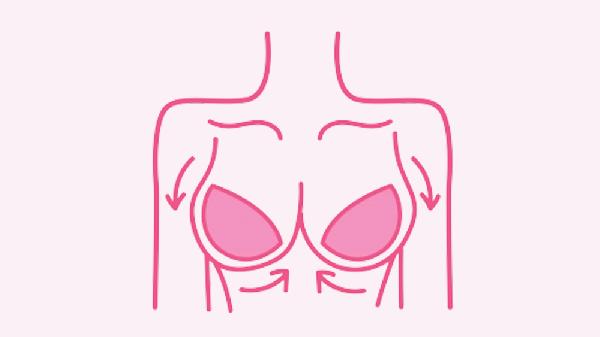and how to use them without turning into a jittery mess.
The Science Behind Pre-Workout
Pre-workout isn’t just fancy flavored dust. It’s a calculated cocktail of ingredients designed to hack your workout performance. Think of it as your gym wingman: beta-alanine fights off that burning sensation in your muscles so you can crank out extra reps, while caffeine and nitric oxide boosters team up to sharpen focus and pump blood to your muscles like a firehose. According to sports nutritionists, the magic lies in the dosing—most formulas are timed to hit your system right as you’re wrapping up your warm-up sets. But here’s the kicker: not all pre-workouts are created equal. Some are packed with enough caffeine to rival a double espresso, while others focus on nootropic blends for mental clarity. Pro tip: check the label for third-party testing seals (NSF or Informed Sport) to dodge sketchy ingredients.
Energy Drinks: The Quick Fix
Energy drinks are the convenience store heroes of the fitness world. Crack one open, and you’ll get a fast-acting mix of caffeine, B-vitamins, and sometimes sketchy additives like taurine or guarana. Brands like Celsius market themselves as “fitness-friendly,” but let’s be real—they’re still sugar-free Red Bull in a sleeker can. The upside? They’re portable and predictable. The downside? That sugar crash hitting mid-deadlift is nobody’s idea of fun. Plus, chugging one daily can mess with your sleep cycle harder than a Netflix binge. If you’re going this route, stick to low-sugar options and treat them like an occasional tool, not a daily crutch.
Head-to-Head: When to Use Each
Pre-workout shines when you need targeted performance—think leg day or HIIT sessions where every drop of endurance counts. Energy drinks? They’re better for casual gym-goers who just need a kick in the pants to get off the couch. But here’s where it gets spicy: combining them is a one-way ticket to Palpitation City. Most pre-workouts already pack 200–300mg of caffeine, and slamming an energy drink on top could send your heart rate into orbit. Even seasoned lifters should tread carefully; one study found that overdoing stimulants can blunt your natural adrenaline response over time. Bottom line: pick one, dose smart, and hydrate like your life depends on it (because, well, it kinda does).
The Dark Side: Side Effects Unpacked
Both options come with baggage. Pre-workout’s beta-alanine can make your skin tingle like you’ve rolled in fiberglass (harmless but weird), while energy drinks’ crash can leave you dragging by noon. More alarming? The potential for dependency. Relying on either daily trains your body to expect artificial stimulation, making baseline energy levels plummet. And let’s not ignore the sleep sabotage—caffeine’s half-life means that 3 PM pick-me-up might still be partying in your system at bedtime. For a safer ride, cycle off stimulants periodically and lean on whole-food fuels like bananas or beet juice for lighter training days.
Expert Alternatives
Surprise: you might not need either. Many trainers swear by black coffee (cheap, effective) or even just a solid warm-up to get the blood flowing. If you’re chasing endurance, a tablespoon of honey pre-workout delivers quick carbs without the chemical cocktail. For focus? Try mindfulness drills—studies show a 5-minute breathing session can sharpen concentration as well as caffeine. And if you’re really dragging, maybe your body’s screaming for rest, not another stimulant. Listen to it. After all, no supplement outmuscles recovery.
At the end of the day, pre-workout and energy drinks are tools—not magic potions. Use them strategically, respect their limits, and remember: the best performance enhancer is still consistency. Now go crush that workout (with or without the neon powder).
























